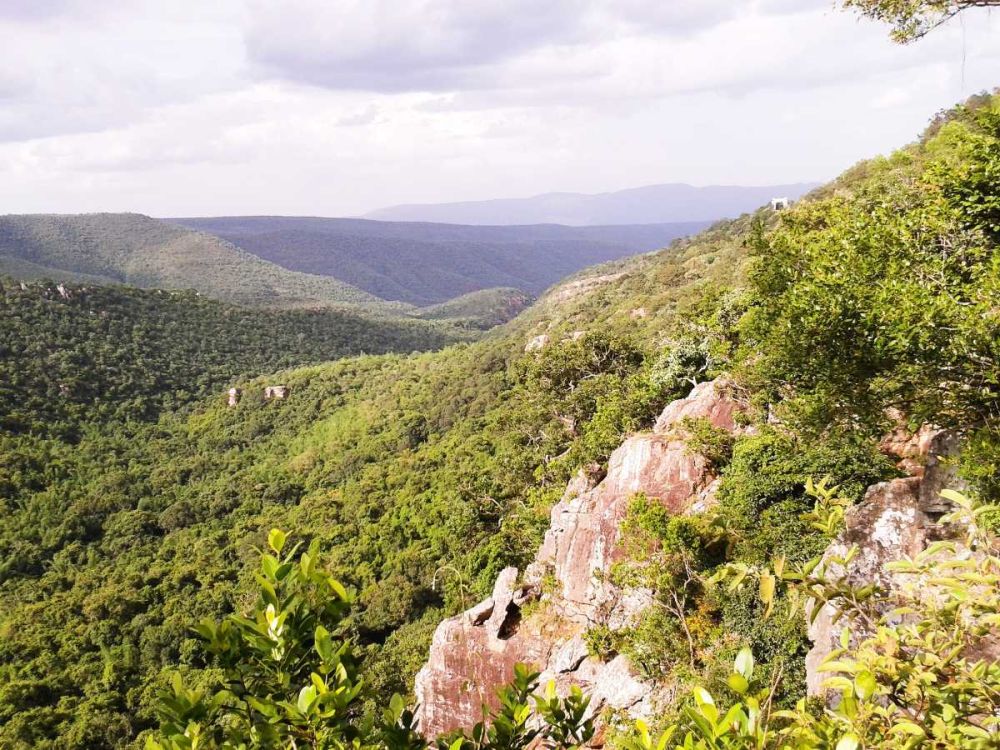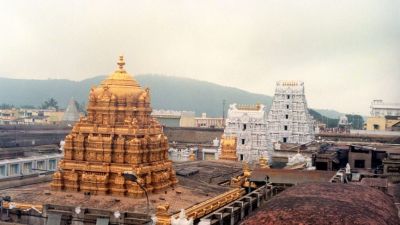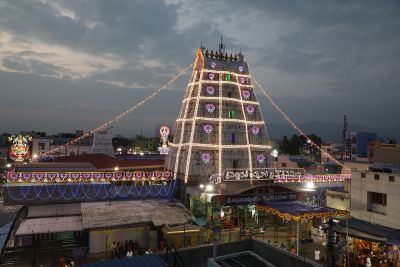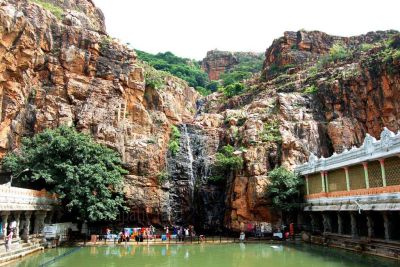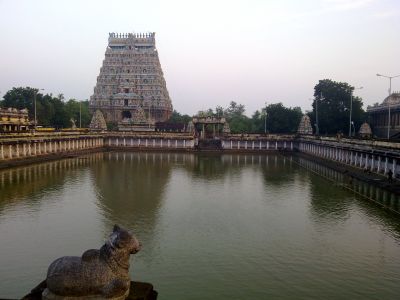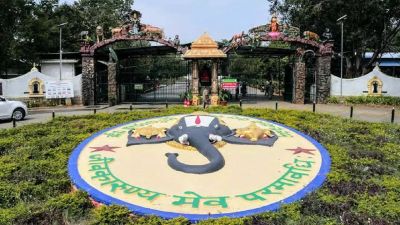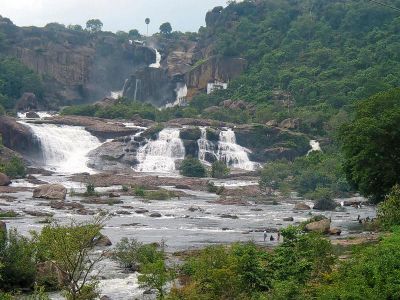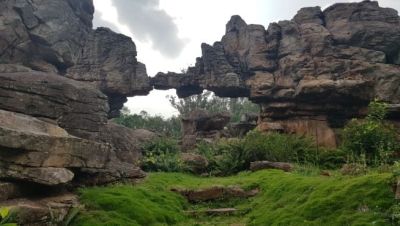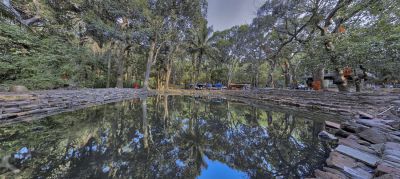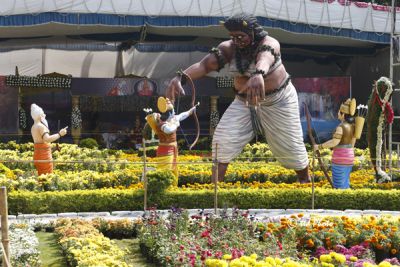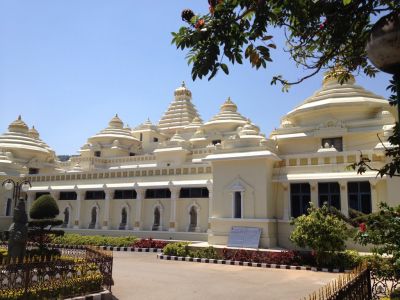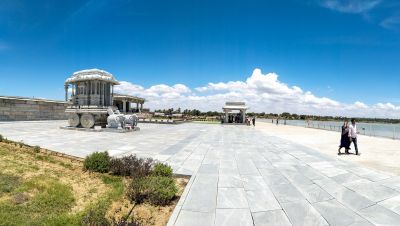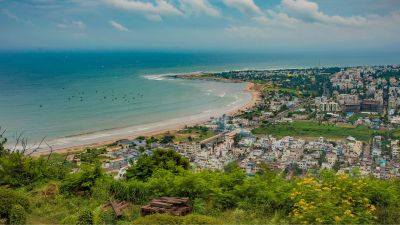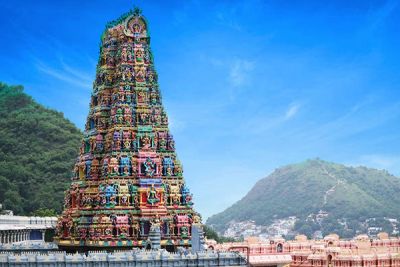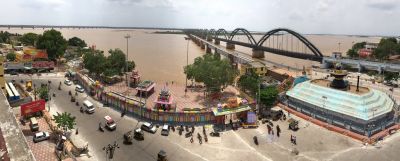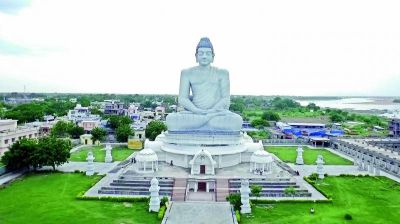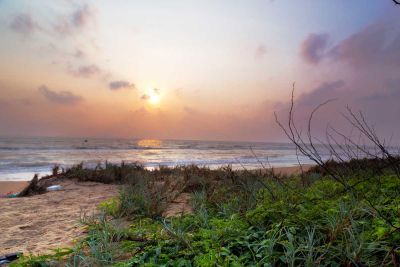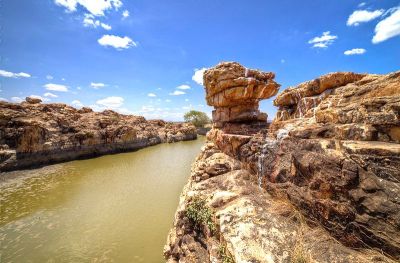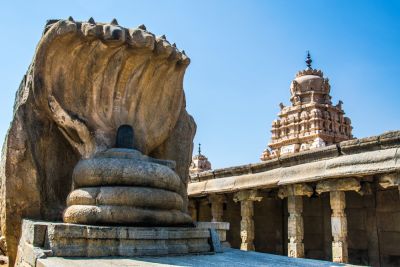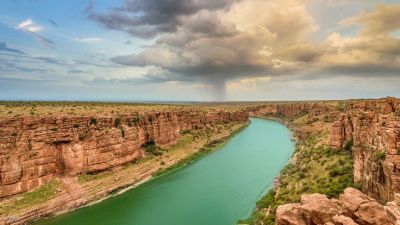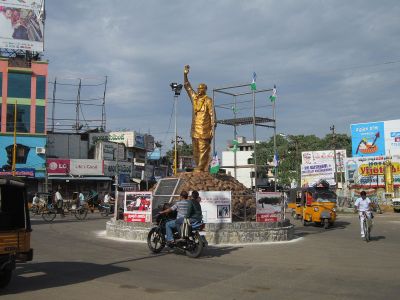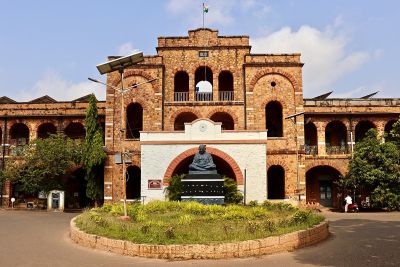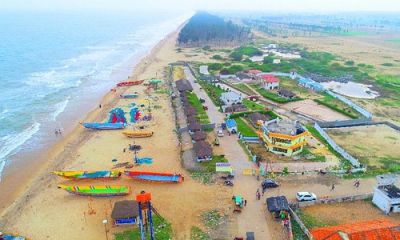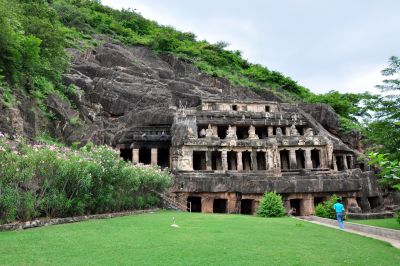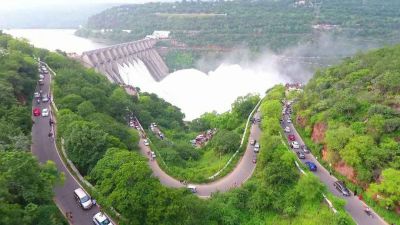Sri Venkateswara National Park, Tirupati, Andhra Pradesh, India: A Tourism Perspective
The Sri Venkateswara National Park, nestled in the Eastern Ghats near the world-renowned temple town of Tirupati in Andhra Pradesh, is not just an ecological marvel but also a significant site of pilgrimage and tourism. The history of tourism in this region is as intricate as the natural and cultural tapestry that the park preserves.
The Early Days of Pilgrimage
The roots of tourism in Sri Venkateswara National Park can be traced back to the ancient practice of pilgrimage to the sacred Tirumala hills, which are part of the park. The main Tirumala Venkateswara Temple is believed to have been built by the Tamil king Thondaiman. Throughout history, various dynasties and rulers contributed to the development and expansion of this holy site, turning it into a major destination for devotees from across India.
Establishment as a National Park
The area was officially designated as Sri Venkateswara National Park in 1989, to protect its unique flora and fauna. This move also brought the region into the spotlight as a site for ecological and wildlife tourism. The park spreads across 353 square kilometers and is home to a rich biodiversity, including critically endangered species like the Sri Lankan leopard and the Indian giant squirrel.
Integration of Ecology and Spirituality
Over time, the park's tourism narrative evolved to integrate its ecological significance with its spiritual heritage. This fusion attracted not only devotees but also eco-tourists, nature enthusiasts, and adventure travelers, seeking to explore its varied landscape of hills, valleys, and waterfalls.
Tourism Trends
In recent years, the tourism trend at Sri Venkateswara National Park has seen a shift towards more sustainable and responsible practices. The park authorities have been working in collaboration with non-governmental organizations and local communities to promote eco-tourism. This includes guided tours, nature walks, and bird watching excursions that educate visitors about the importance of conservation while offering them an immersive natural experience.
Visitor Facilities and Activities
The park is equipped with several visitor facilities, including rest houses, forest lodges, and a nature interpretation center to enrich the tourist experience. Activities like trekking, boating at the TTD Gardens, and visiting the Silathoranam (a natural rock formation) continue to be popular among tourists.
Impact of Covid-19 on Tourism
The Covid-19 pandemic led to a temporary shutdown of the park, affecting the local economy which is significantly dependent on tourism. However, with the gradual easing of restrictions and the implementation of safety protocols, the park has been receiving visitors once again, with an added emphasis on health and safety measures.
Future of Tourism
Looking ahead, the management of Sri Venkateswara National Park is focusing on sustainable tourism development, which includes capacity-building of local communities, infrastructure improvements, and enhancing the overall quality of tourist experiences while ensuring the protection of the park's natural and cultural assets.
In conclusion, the tourism history of Sri Venkateswara National Park is a testament to its enduring appeal as a place that offers not just spiritual solace but also a connection to the natural world. With its eye on sustainability, the park is set to remain a cherished destination for visitors around the globe.
